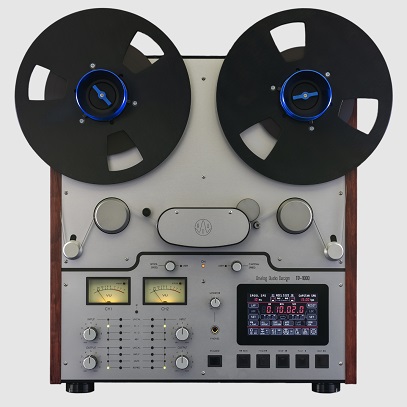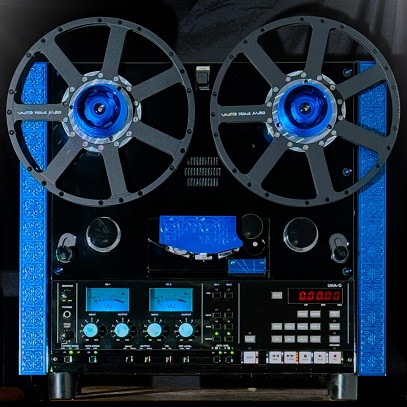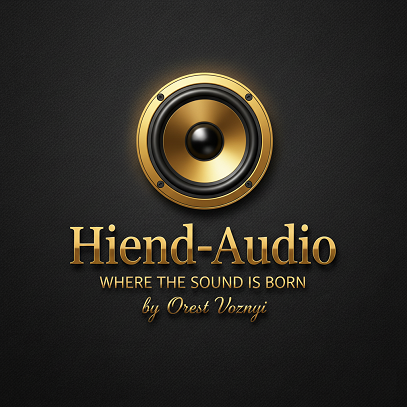HISTORY OF PROFESSIONAL STUDER ANALOG RECORDERS
Four eras, one legacy - Studer’s evolution through changing technology and audio industry demands
I. The Tube Era: Establishing the Standard (1950s–1960s)
This era established Studer's reputation for meticulous, high-quality, and robust engineering, separating the professional "Studer" brand from the enthusiast "Revox" brand.
| Model | Year | Significance / Technology | |
| A-27 | 1951 | First Professional Machine Studer's initial offering to broadcast/studio market Mono, 1/4-inch tape. Set the foundation for quality . | |
| C-37 | 1961 | The Classic Tube Master Highly sought-after today for its distinctive, warm tube/valve sound 2-Track, 1/4-inch. Often installed in a tall console . | |
| J-37 | 1964 | First Multitrack The machine that launched Studer into superstardom 4-Track on 1-inch tape. Famously used by The Beatles to record Sgt. Pepper's Lonely Hearts Club Band . |
II. The Workhorse Era: Solid-State Dominance (1970–1988)
The introduction of the A80 marked the shift to reliable, modular, transistorized (solid-state) electronics. This machine became the globally accepted workhorse of the modern recording studio.
| Model | Year | Significance / Feature | |
| A-80 | 1970 | Studio Master Longest-running, best-selling Studer professional machine over 10,000 units sold Highly modular design for easy maintenance. Built in every configuration: 2-track mastering up to 24-track . | |
| A-67 | Early 1970s | Broadcast professional A smaller, versatile machine designed for compact studios and radio stations 2-Track, 1/4-inch. Featured simpler, reliable electro-mechanical transport (related to Revox A700). Replaced by the B-67 . | |
| B-67 | Mid 1970s | Broadcast professional A versatile version of the A80's transport, optimized for quick start/stop and editing in radio stations 2-Track, 1/4-inch. Highly reliable, often installed in a smaller console . | |
| A-800 | 1978 | Microprocessor-Controlled Multitrack Successor to the A80 multitrack Introduced electronic memory and precision auto-locators, speeding up studio workflow dramatically . |
III. The Microprocessor & Flagship Era (1981–1990)
The 1980s focused on using advanced microprocessors to achieve unprecedented tape handling precision and digital control of the audio path, culminating in the A820 flagship.
| Model | Year | Significance / Feature | |
| A-810 | 1981 | Compact Professional First to use microprocessor-controlled audio and transport for fast, programmable alignment Smaller chassis for editing and transfer. High quality, often called a "compact master" . | |
| A-820 | 1985 | Top Studio Master Engineered to surpass all previous records for stability and accuracy Features massive cast-metal transport, DC-servo motors, and capability for huge 14-inch reels. Produced as a 2-track mastering machine and a 24-track multitrack A Masterpiece, and the best recorder in the history of professional audio . | |
| A-812 | 1985 | Studio Master A slightly scaled-down, 2-track version of the A820's technology, focusing purely on mastering Less expensive than the A820 but still offering top-tier performance and 12.5-inch reel capacity It features the processor-controlled drive and amplifier electronics of the Studer A820 . | |
| A-807 | 1986 | Broadcast Professional The smallest and latest professional 1/4-inchmachine before the analog phase-out Designed for ease of maintenance and high automation in broadcast . | |
| A-816 | 1989 | Broadcast Master A late-era, top-spec 1/4-inch machine exclusively developed for the German ARD broadcast system Combines the A820's most advanced PWM transport electronics with the 1/4-inch format for ultimate precision. Rare and highly prized . | |
| A-827 | 1989 | Analog Multitrack The last major multitrack analog recorder produced by Studer Advanced automation and final evolution of the analog multitrack transport . |
IV. The Digital Transition (1986 Onward)
As digital recording matured, Studer transitioned to digital tape formats, but these never achieved the lasting industry dominance of the analog line.
| Model | Year | Significance / Format | |
| D-820 | 1986 | Digital Studer's initial foray into digital tape recording Uses the DASH (Digital Audio Stationary Head) format . | |
| D-827 | 1993 | Digital Multitrack The digital counterpart and successor to the A827 Also used the DASH format . |
Studer sold the Studer-Revox group in 1990, and analog tape production largely ceased in the mid-1990s as the company shifted focus entirely to digital mixing consoles (the Vista Series). The legacy, however, remains firmly cemented by the analog A80 and A820 machines, which are still used globally for high-end audio transfer and mastering.
Reviewed by: Orest Voznyi, founder of HIEND-AUDIO




